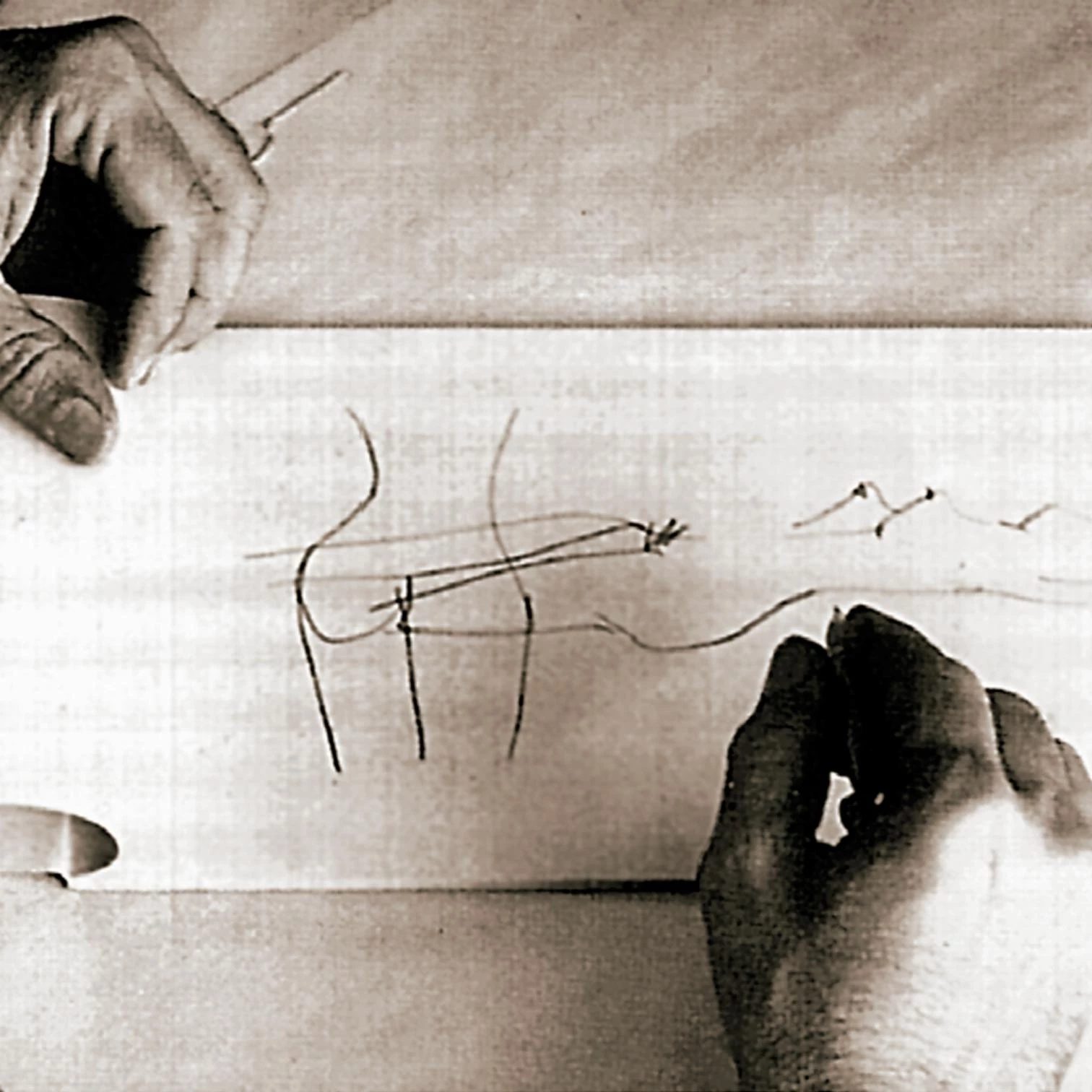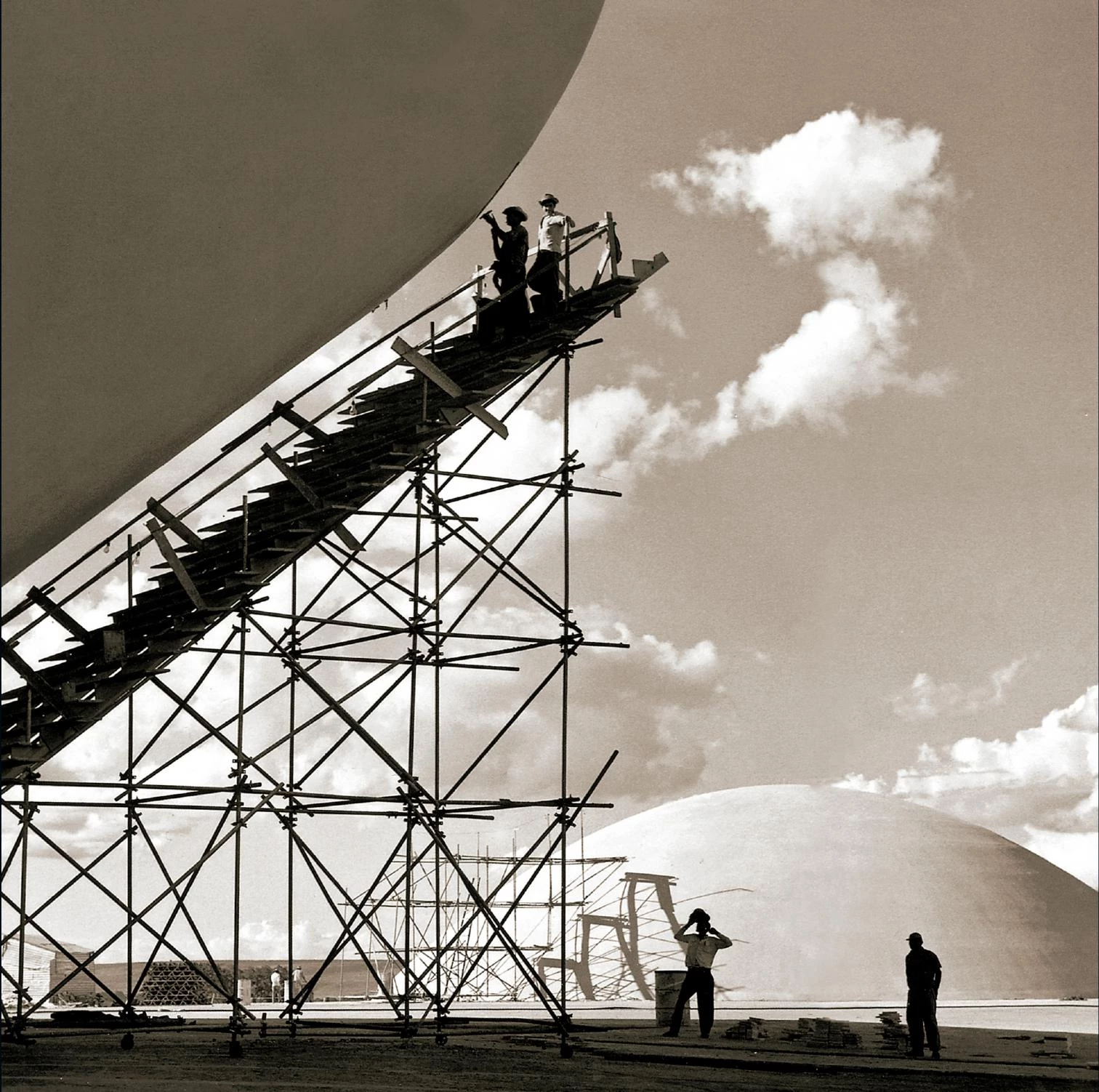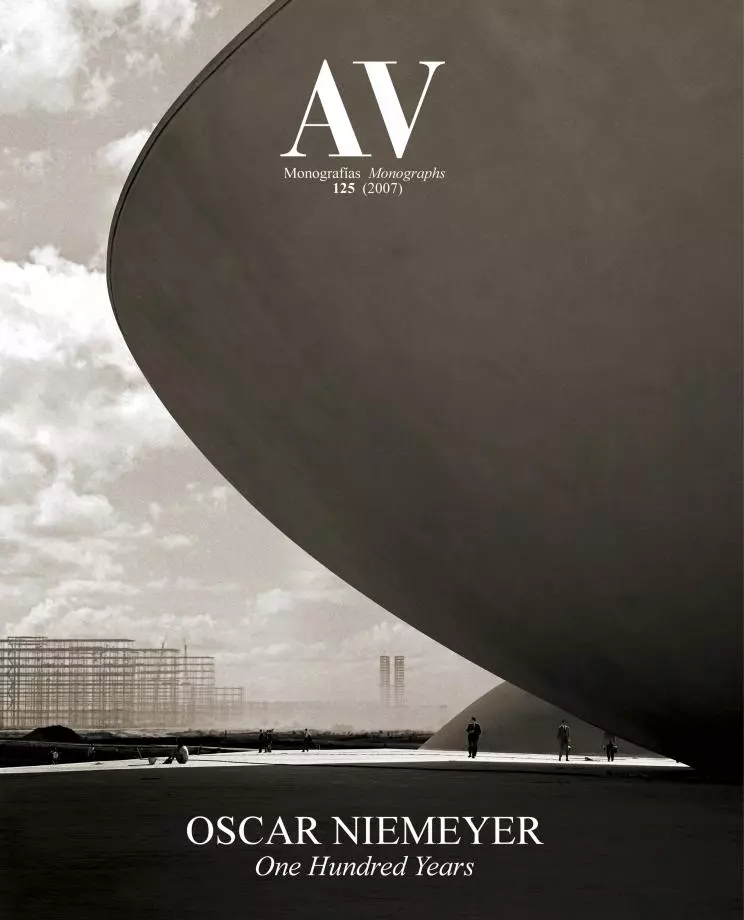
Oscar Niemeyer is a master of innocence. Beyond the elementary geometry and Cubist grammar that he learned from Le Corbusier, beyond the curved shapes and lyrical freedom that come from Dada or Surrealism, and beyond the streamlined aesthetic and naif Futurism used by the optimism of the fifties, this tropical designer builds with the wise ignorance of he who places the law of desire above the law of gravity. Leaving to engineers the stability of his warped shells and his fast ramps, the architect from Rio de Janeiro brings together the speedy space of centrifugal paths with the smiling solemnity of weightless porticoes to create almost without effort the monumental landmarks of a young nation. Both sensual and dynamic, his sculptural forms draft with exact calligraphy a preurban Eden that subjects the traces to the garden, outlining pastoral paradises for a guiltless Adam.
Anthropophagous perhaps in its primitive diet of bereaved humanity, and indeed lotophagous in its bright amnesia of newly-made day, the life path of this stubborn communist proves to be dazzling and nutritious, essential as rural nature and spectacular as a theater storm. A century before Niemeyer was born, Beethoven premiered two symphonies written simultaneously, the Fifth ‘of Destiny’ and the Sixth ‘Pastoral’, in a concert as excessive and oceanic as the oeuvre of an architect who brings together the heroic beat and the bucolic rumor to compose built symphonies where the expression of feelings is more important than the orchestration of functions. And in this victory of emotion upon usefulness dwells the ultimate innocence of a titanic author who has attained the biological feat of celebrating his own centenary, after witnessing his chorus of critics fade out in fog and smoke.
Driven, as the surviving heroes of Philip Roth, by the tenacious needs of the flesh, and swayed in his final period by the memory of a hundred bridal poems, the architect shows signs of battle fatigue and knows himself to be a dying animal. When, over twenty years ago, this magazine celebrated with two monographs the centennials of Mies van de Rohe and Le Corbusier, they both already inhabited the padded realm of history. On this occasion – with the help of Roberto Segre, who prepared the outline and boosted the initiative from Rio –, the tribute to the Brazilian master occurs when he is still alive, a circumstance at once fortunate and awkward for those who consider his latest works less intense than the canonical complexes where Oscar Niemeyer keeps adding impetuous and polemical structures. But the cupiditas aedificandi is as vigorous as the voluptuous appetite of the longing body. Exit ghost.






